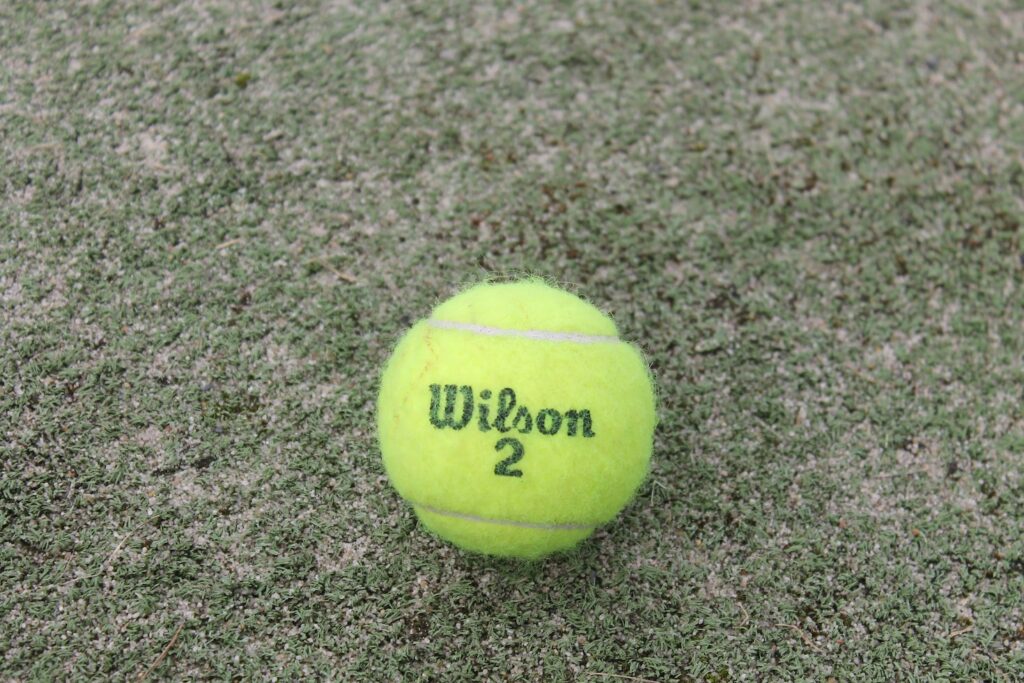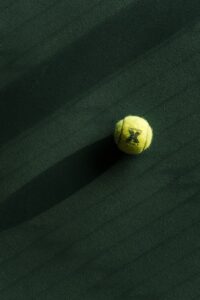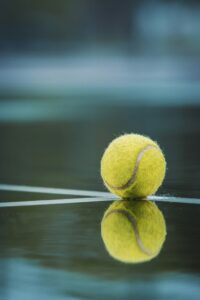The science behind padel ball bounce: Factors that affect its longevity
2 min read
The Science Behind Padel Ball Bounce: Factors that Affect its Longevity
As a padel player, have you ever wondered why do padel balls lose bounce after a certain amount of time? The short answer is that the ball’s materials deteriorate over time due to a variety of factors. In this blog post, we will explore in more detail the science behind padel ball bounce and the factors that affect its longevity.
What are Padel Balls Made Of?
Padel balls are primarily made of rubber, often with a felt-like covering. The rubber is specially designed to have a high bounce and be able to withstand the force of the racket hitting the ball multiple times over the course of a match. However, there are several factors that can affect how long a padel ball can maintain its bounce.
What Factors Affect Padel Ball Bounce?
Humidity and Temperature
Humidity and temperature are two of the most significant factors that affect padel ball bounce. Padel balls are designed to be used within a specific temperature range between 10-35°C. If the temperature is too high or too low, the rubber will lose its elasticity, causing the ball to lose bounce. Similarly, if the humidity is too high, the rubber can absorb moisture, causing it to become heavier and harder, causing the ball to also lose bounce.
Storage Conditions
How the ball is stored can also affect its longevity. Padel balls that are stored in damp areas, or exposed to sunlight or heat can become flattened, sticky or brittle. Similarly, storing the balls in an airtight container can cause the balls to lose bounce due to the buildup of internal pressure.
Ball Quality and Age
The quality of the ball can also affect its longevity. Cheap pads balls are more likely to lose bounce quickly or even split apart after a few games. Poor quality balls are likely to contain lower quality rubber that breaks down easily. The age of the ball is also a significant factor. Regular use can take its toll and cause the rubber to lose its elasticity, but even unused balls left stored too long will eventually degrade and lose their bounce.
Conclusion
To conclude, the science behind padel ball bounce is not as simple as it appears. There are various factors that can affect the longevity of the bounce, such as humidity, temperature, storage conditions, ball quality and age. As a padel player, it’s essential to keep these factors in mind to ensure your balls retain their bounce as long as possible, saving you money and ensuring your game remains at its best.






